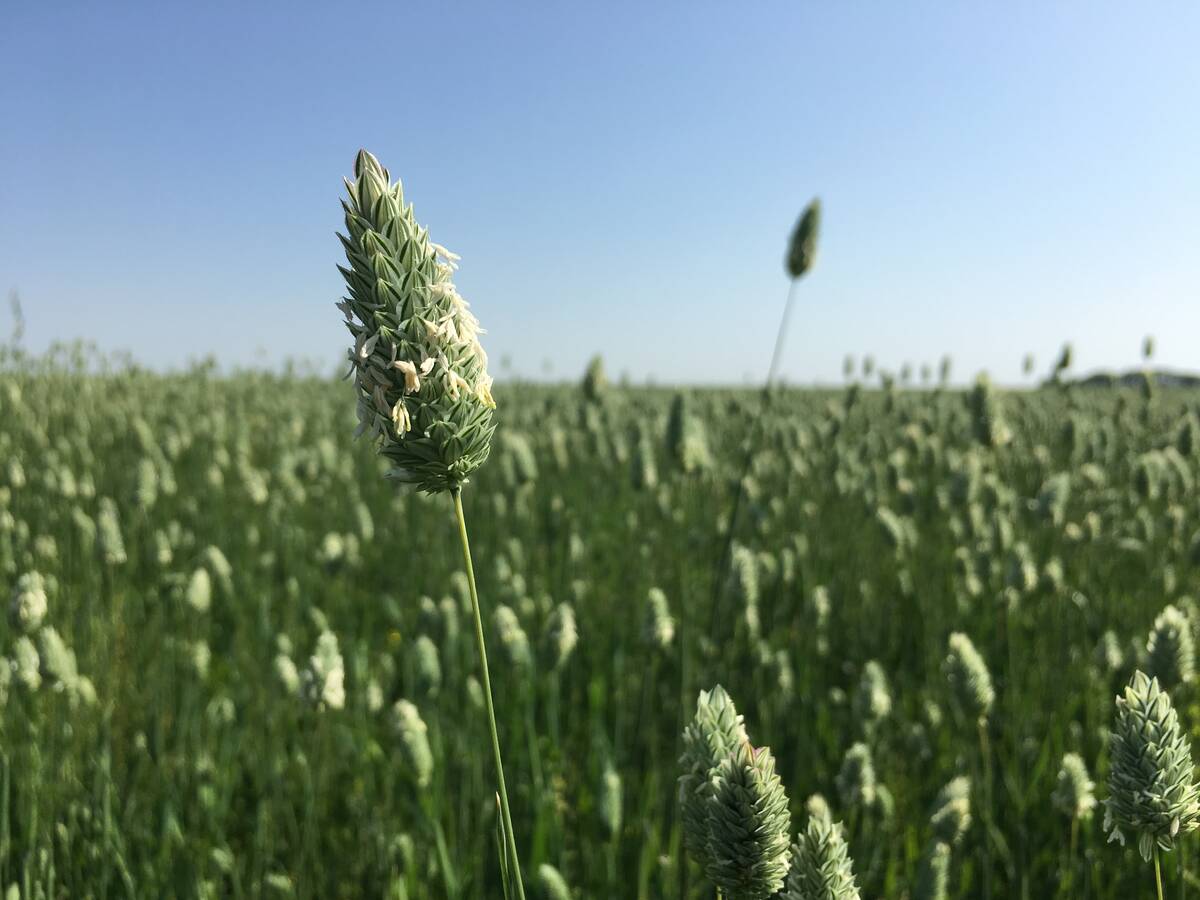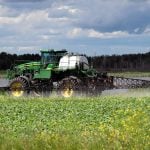LETHBRIDGE — Alfalfa and sainfoin may be the only forage crops left standing in a dry year like this one.
“We are seeing the legumes growing because of their drought avoidance,” said Alberta Agriculture forage specialist Grant Lastiwka.
“Every year has droughts someplace in the system. I would like to be able to deal with that more readily,” he said during a sainfoin field day in Leth-bridge July 21. “You can’t grow forever with no water, but you will grow for a time where you can manage your way through it.”
Read Also

No special crop fireworks expected
farmers should not expect fireworks in the special crops market due to ample supplies.
Drought tolerance is one of several benefits these crops offer, but many producers are reluctant to try them.
“The greatest concern is they are afraid of alfalfa and the bloating situation, and as a result they don’t use that forage to its greatest capacity. Many under utilize it,” said Agriculture Canada researcher Alan Iwaasa.
However, these are prolific crops and provide more energy and protein than many traditional pasture forages.
Legumes are a good long-term investment: they fix nitrogen in the soil and their roots stretch down more than a metre seeking moisture and nutrients.
Researchers at Agriculture Canada’s centres in Lethbridge and Swift Current, Sask., have been working on new sainfoin varieties, beneficial pasture mixtures and grazing strategies.
Producers should try a 50-50 ratio of sainfoin and alfalfa or consider adding legumes to grasses, said Agriculture Canada plant breeder Surya Acharya.
At least 15 percent of a legume forage stand should be sainfoin to maintain its counter bloat ability.
“If you didn’t have more than 15 percent, you can’t expect to see bloat prevention,” he said.
Cattle foraging on a half and half mixture will get a highly nutritious fodder, and the sainfoin will mitigate the effects of alfalfa bloat. Stocking rates per acre can be increased, and cattle could gain an extra pound per day compared to more traditional forages.
Sainfoin takes about a year to establish. Researchers have learned that the crop seems to do better in continuous grazing rather than a rotational system, probably because it is subjected to less pressure.
Acharya’s new varieties, along with lines from the United States, are being tested at Swift Current under grazing situations in a semi-arid climate in a brown soil zone.
“As grazers, we need more information where these are tested under grazing conditions,” said Bjorn Berg, rancher and forage consultant who helped develop bloat free alfalfa
Early results are showing that the nutritional value did not suffer even when plants were selected for im-proved agronomy. Scientists also observe cattle behaviour during grazing and have learned they generally prefer alfalfa over sainfoin.
“You have to make sure alfalfa and sainfoin are available to them in close proximity,” said Acharya.
Cattle will also eat sainfoin if it is planted in alternate rows to the alfalfa. As well, they prefer the tender alfalfa leaves but select flowering sainfoin.
Various commercial products can be used to control bloat, but sainfoin still seems like a good natural remedy.
It is a good source of bypass protein, which is absorbed as nitrogen in the small intestine and provides more growth.
Sainfoin comes from high altitude regions of Europe and thrives in well drained, dry sites at 1,500 metres or higher. It prefers soil with a pH higher than seven. The crop has a reputation for dying off after a few years, but it will reseed itself and rebuild a more dense stand. It will also grow if seeds were present in bales, he said.
barbara.duckworth@producer.com















